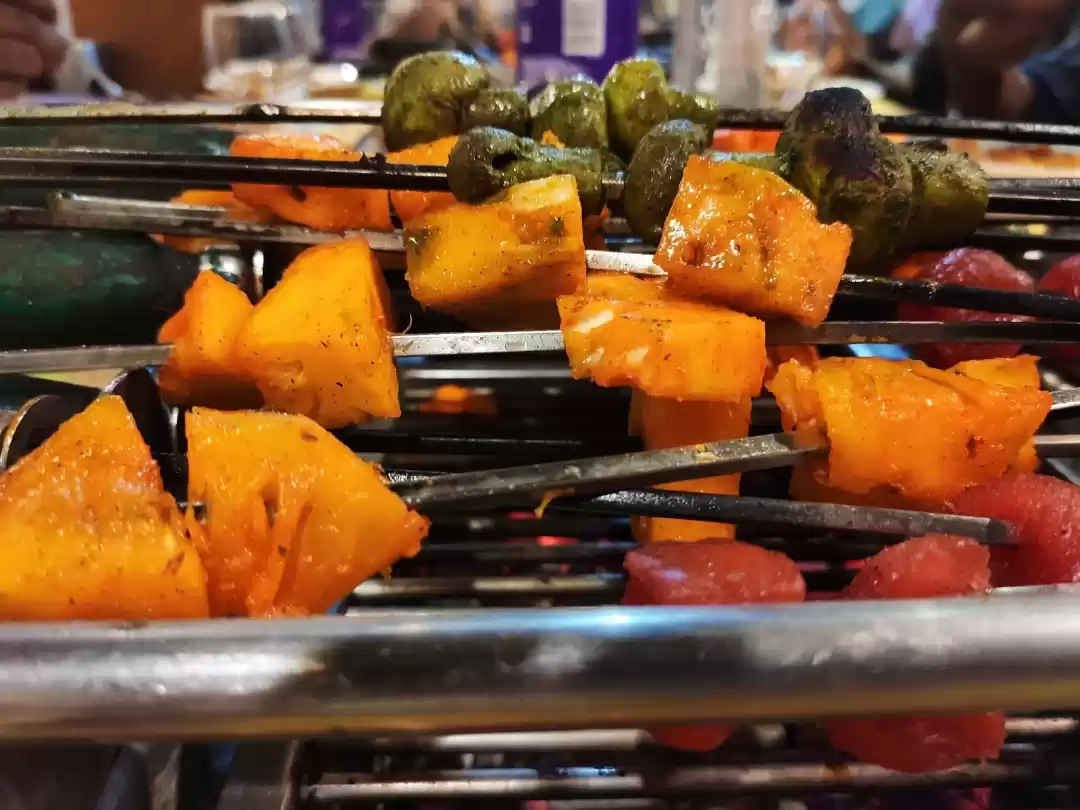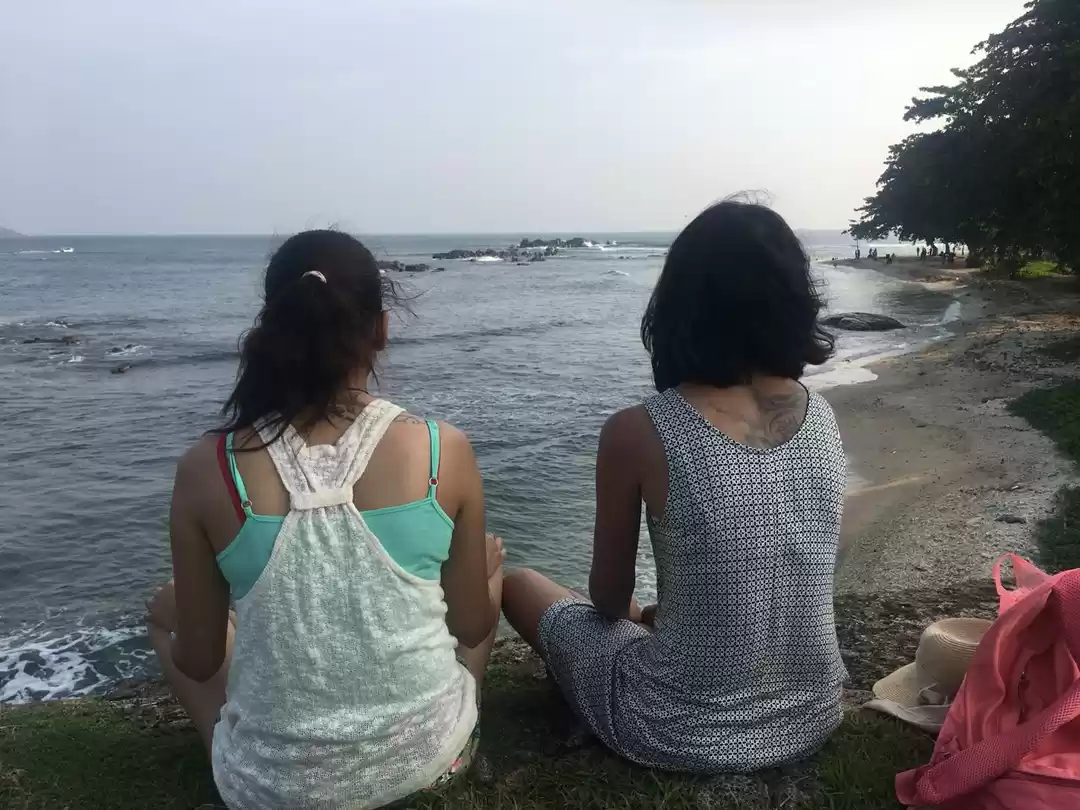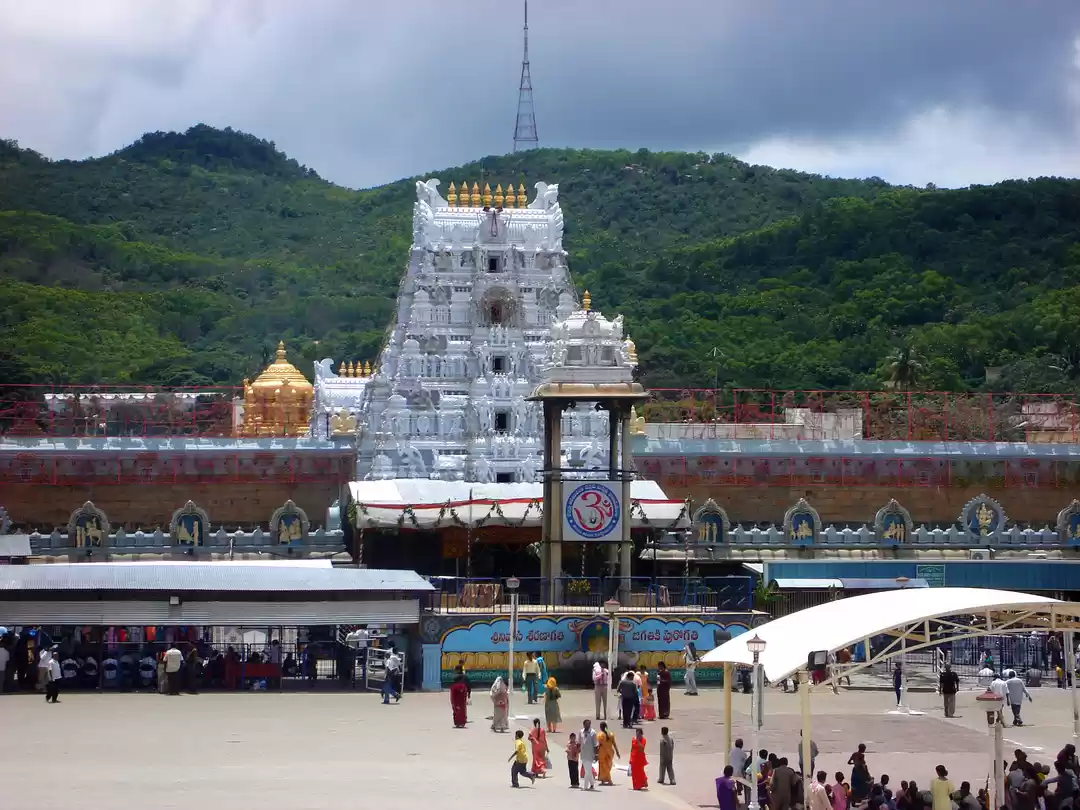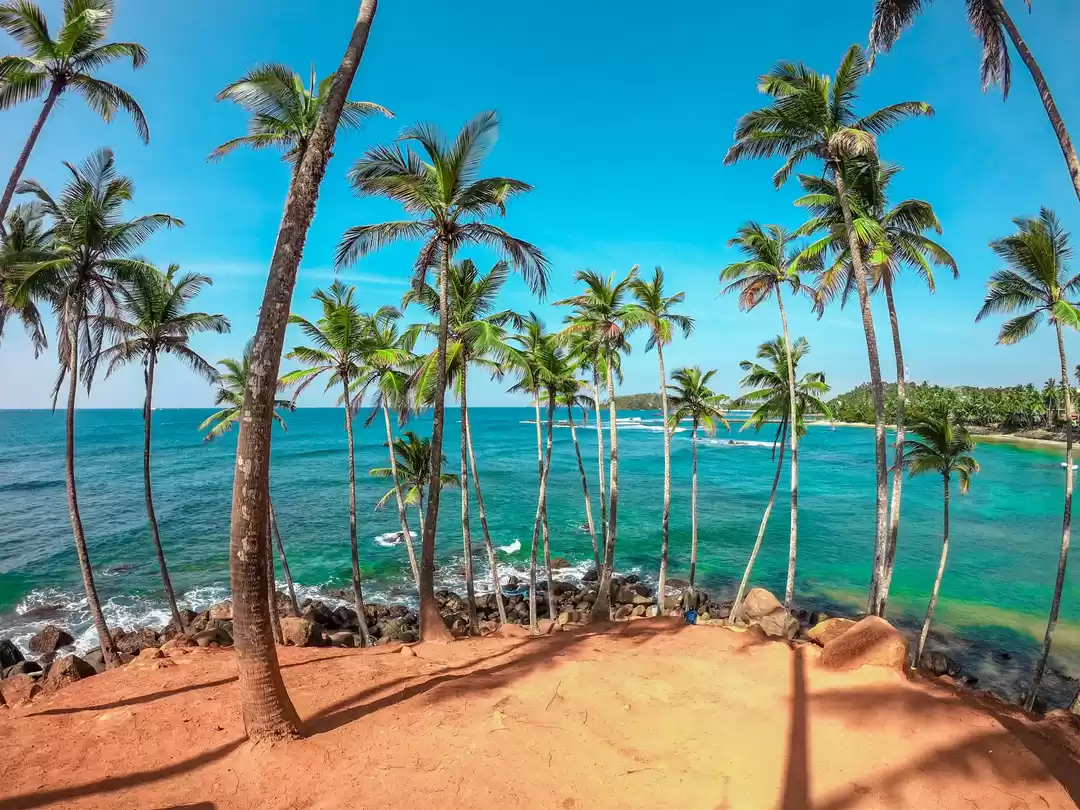Parthasarathy Temple Chennai is one of the oldest and most revered temples in India. It is dedicated to Lord Krishna and his incarnations as Parthasarathy, the charioteer of Arjuna in the Mahabharata. The temple is also known for its exquisite architecture, which showcases the styles of various dynasties that ruled over the region.
The temple is a hub of cultural and religious activities, especially during the festivals of Vaikunta Ekadasi, Ratha Sapthami, Brahmotsavam, and Teppam. If you are looking for a spiritual and historical experience in Chennai, Parthasarathy Temple is a must-visit destination. In this article, we will guide you through the temple’s history, architecture, festivals, and how to reach.
History of Parthasarathy Temple Chennai
The history of Parthasarathy Temple Chennai dates back to the 8th century CE, when it was built by the Pallavas, one of the ancient South Indian kingdoms. The temple was originally dedicated to Lord Narasimha, the fourth incarnation of Vishnu. Later, the temple was expanded and renovated by the Cholas, the Vijayanagaras, and the British, who added more shrines and features to the temple complex.
The temple is also associated with the Mahabharata, the epic that narrates the story of the Kurukshetra war between the Pandavas and the Kauravas. The temple houses the idols of the five Pandava brothers, along with their wife Draupadi, and their cousin and guide, Lord Krishna. The temple’s main deity, Parthasarathy, is the name given to Krishna when he acted as the charioteer of Arjuna, the third Pandava brother, during the war.
The temple also has a connection with some of the prominent saints and scholars of the Vaishnava tradition, such as Ramanuja, Vedanta Desika, and Robert Clive, who visited and worshipped at the temple.
Architecture of Parthasarathy Temple Chennai
The architecture of Parthasarathy Temple Chennai is a blend of various styles and influences, reflecting the diversity and richness of the temple’s history. The temple has five gopurams, or towers, that mark the entrances to the temple. The gopurams are adorned with intricate sculptures and carvings of gods, goddesses, and mythical creatures. The temple also has seven mandapams, or halls, that serve different purposes, such as conducting rituals, offering prayers, and hosting cultural events.

The temple has six shrines, dedicated to the six forms of Vishnu, namely, Narasimha, Rama, Varaha, Gajendra Varadaraja, Ranganatha, and Parthasarathy. The most striking feature of the temple is the idol of Parthasarathy, which depicts Krishna with a moustache and a scar on his face, caused by the arrow of Bhishma, the grandsire of the Kauravas, during the Mahabharata war.
The idol is also unique because it shows Krishna holding a whip instead of a flute, symbolizing his role as a charioteer. The temple also has many inscriptions, written in Tamil, Telugu, Kannada, and Sanskrit, that record the donations, grants, and endowments made by various kings and patrons to the temple.
Festivals of Parthasarathy Temple Chennai
The festivals of Parthasarathy Temple Chennai are the occasions when the temple comes alive with colors, sounds, and emotions. The temple celebrates many festivals throughout the year, but the most important and popular ones are:

Vaikunta Ekadasi:
This is the festival that marks the day when the gates of Vaikunta, the abode of Vishnu, are opened for the devotees. The festival falls on the 11th day of the bright fortnight of the month of Margazhi, which usually corresponds to December or January. On this day, thousands of devotees throng the temple to have a glimpse of the Lord in his supreme form, known as Moolavar. The devotees also pass through the Vaikunta Dwaram, a special entrance that is opened only on this day, and believe that they will attain salvation by doing so.
Ratha Sapthami:
This is the festival that celebrates the birthday of the sun god, Surya. The festival falls on the 7th day of the bright fortnight of the month of Magha, which usually corresponds to January or February. On this day, the idols of the deities are taken out in a grand procession on seven different chariots, representing the seven days of the week. The devotees pull the chariots along the streets of Triplicane, the locality where the temple is situated, and offer their prayers and respects to the sun god.

Brahmotsavam:
This is the festival that commemorates the annual celebration of the temple. The festival lasts for 10 days, and falls in the month of Chittirai, which usually corresponds to April or May. During this festival, the idols of the deities are adorned with various ornaments and costumes, and are taken out in different processions on different vehicles, such as horses, elephants, bulls, and boats. The festival also features various cultural and religious programs, such as music, dance, drama, and discourses.
Teppam:
This is the festival that celebrates the floating festival of the temple. The festival lasts for three days, and falls in the month of Thai, which usually corresponds to January or February. During this festival, the idols of the deities are placed on a raft, decorated with flowers and lights, and are floated on the temple tank, known as Chandra Pushkarani. The devotees gather around the tank and watch the spectacle of the deities gliding on the water.
How to Reach Parthasarathy Temple Chennai
Parthasarathy Temple Chennai is easily accessible by various modes of transport, such as air, train, bus, or car. The temple is located in the heart of the city, and is close to many landmarks and attractions. Here are some of the ways to reach the temple:

By air:
The nearest airport to the temple is the Chennai International Airport, which is about 17 km away. From the airport, you can take a taxi, a bus, or a metro to reach the temple. The taxi fare is around Rs. 400, the bus fare is around Rs. 50, and the metro fare is around Rs. 40.
By train:
The nearest railway station to the temple is the Chennai Central Railway Station, which is about 4 km away. From the station, you can take a taxi, a bus, or a metro to reach the temple. The taxi fare is around Rs. 100, the bus fare is around Rs. 10, and the metro fare is around Rs. 20.
By bus:
The nearest bus stop to the temple is the Triplicane Bus Stop, which is about 500 m away. From the bus stop, you can walk to the temple in about 10 minutes. The bus fare is around Rs. 5.
By car:
The temple is well-connected by road, and you can drive to the temple from any part of the city. The temple has a parking facility, where you can park your car for a nominal fee.
The temple is open from 6:00 am to 12:00 pm and from 4:00 pm to 9:00 pm on all days of the week. There is no entry fee to visit the temple, but you may have to pay a small amount for special darshan or offerings. The best time to visit the temple is early morning or evening, when the temple is less crowded and more serene. You can also visit the temple during the festivals, when the temple is more vibrant and festive.
Parthasarathy Temple Chennai is a place where you can experience the ancient and the modern, the spiritual and the cultural, the historical and the artistic.
It is a place where you can witness the glory of Lord Krishna and his incarnations, and the legacy of the Pallavas, the Cholas, the Vijayanagaras, and the British. It is a place where you can participate in the festivals and events that celebrate the life and teachings of Krishna, and the culture and traditions of Tamil Nadu. It is a place where you can find peace and bliss, and connect with your inner self. If you are planning to visit Chennai, Parthasarathy Temple is a must-see attraction that you should not miss. Book your trip to Chennai with Tripoto, and explore the wonders of Parthasarathy Temple and other amazing places in the city. Tripoto is your trusted travel partner, who will help you plan, book, and enjoy your trip to the fullest.
So, what are you waiting for? Start your journey with Tripoto today, and discover the beauty and charm of Parthasarathy Temple Chennai. Have you visited Parthasarathy Temple before? Share your experience and tips with us in the comments section below. We would love to hear from you.





















